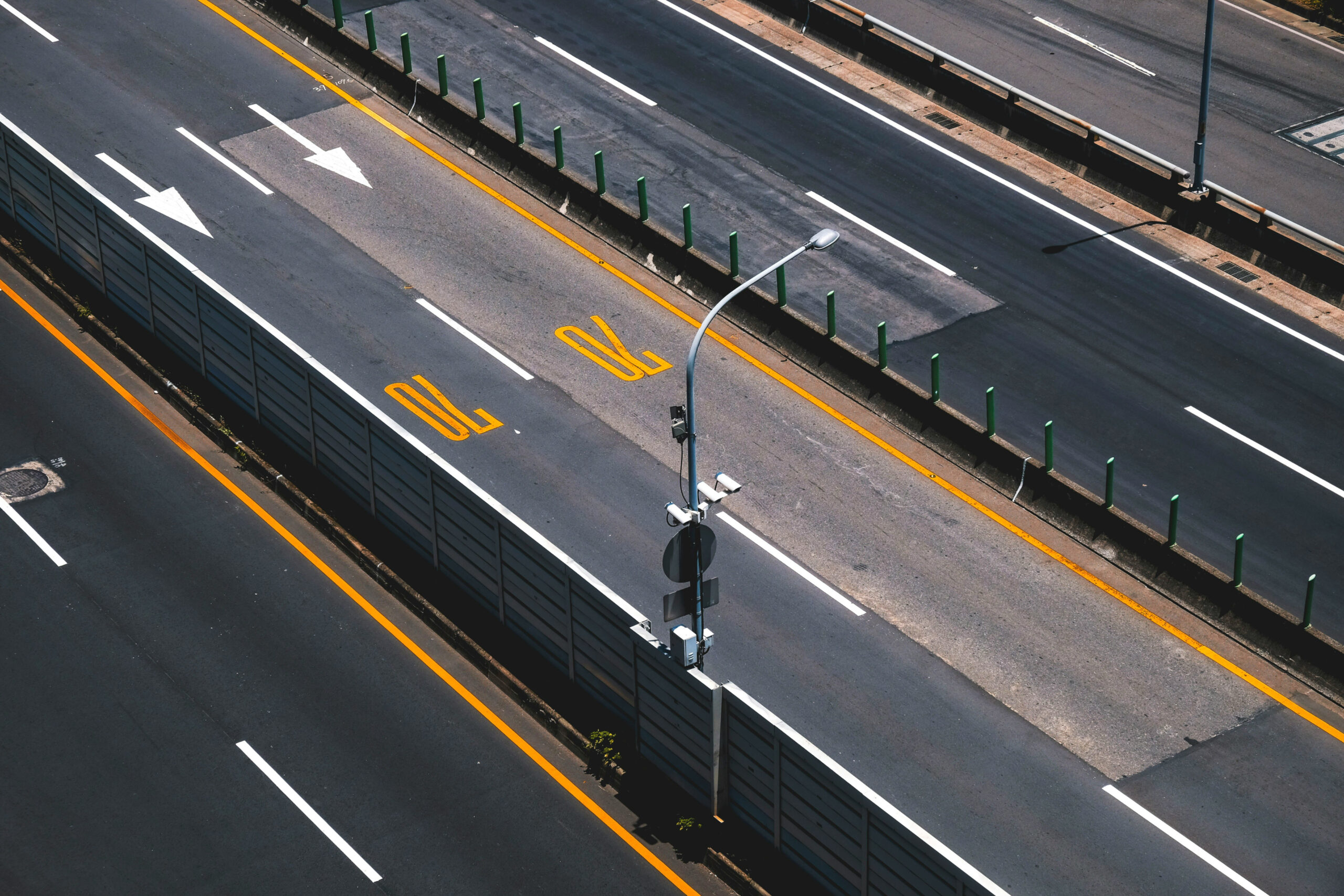
Transparent information and accountable expenditure
The Australian public deserves accurate, comprehensive and timely information about the nation’s transport system.
This includes data and evidence related to road safety, road funding, and vehicles’ emissions and fuel consumption.
Data makes road funding work better – and saves lives
Australia lacks detailed, reliable and consistent road safety data in many key areas. Without good road safety data, we can’t target investment where needs are greatest or hold governments to account for their investment decisions.
For decades, state, territory and federal governments on both sides of politics have been using road funding to win votes at elections. This cannot continue.
The Commonwealth provides $10 billion a year in transport infrastructure funding to the states and territories. It should require each jurisdiction to provide crucial road safety data as a condition of federal road funding – so that projects do not receive funding unless data is provided as specified.
The federal government must coordinate an overhaul of Australia’s road safety data collection, analysis and reporting capabilities to build a national database on crash circumstances, road quality, and the effectiveness of law enforcement regimes.
It must then use the road safety data to evaluate the benefits of infrastructure programs and to prioritise proposed projects.
It must also ensure that road safety data is used to develop evidence-based road safety policy and to subsequently evaluate the effectiveness of such policy in reducing road trauma.
Publishing road safety data and linking it with infrastrucuture grants will make road funding much more transparent and make it easier to hold politicians to account for their transport infrastructure investments and their road safety policies.
It will produce better informed road safety interventions and will support targeted infrastructure investment and the evaluation of interventions.
Data transparency lets Australia reset existing arrangements to improve accountability, transparency, and efficiency.
It’s good for road safety and democracy.
Real-World Testing for more relevant vehicle information
Australians deserve to know how vehicles perform on Australian roads.
The Real-World Testing Program was launched in 2023. It is run by the AAA and funded by the Commonwealth Government.
It appraises cars and other vehicles in real world operating conditions to obtain accurate and relevant information that enables consumers, businesses and fleets to make more informed decisions when buying new light vehicles.
Real-World Testing is intended to:
- provide consumers and policymakers with improved information on the fuel/energy consumption and emissions of light vehicles sold in Australia
- provide governments with additional data to help evaluate the costs and benefits of new policy measures to reduce emissions from road vehicles
- inform the development of international vehicle standards for measuring fuel/energy consumption and emissions in real world conditions
Over four years from 2023 to 2027, the Program will assess up to 200 different makes of cars, utes, vans and people movers in representative on-road conditions. These vehicles are driven in real traffic on urban and rural roads, as well as on a motorway.
The Real-World Testing Program has already garnered international interest.
Europe’s Green NCAP testing program and German motoring club ADAC have written to the AAA expressing their interest in sharing data and collaboration.
The Department of Infrastructure and Transport has received requests from overseas governments for Real World Testing data.
The AAA seeks commitment that the next Australian Government will reduce the costs associated with Australian motoring while also improving environmental outcomes, by agreeing to:
- implement measures to ensure real world vehicle test results are made widely available to consumers through the Green Vehicle Guide, point of sale materials, and general advertising
- fund Real World Testing with $4.5 million per year (indexed to inflation), as an ongoing program that will keep Australians up to date with the changing light vehcile market
- work with international counterparts, for example through the OECD International Transport Forum, to share Real-World Testing outcomes to build international recognition of the Program and its important role in enabling the shift towards a net zero transport network.
Real-World Testing Program
Make road funding fit for the 21st Century
The way Australians pay for their roads must change.
